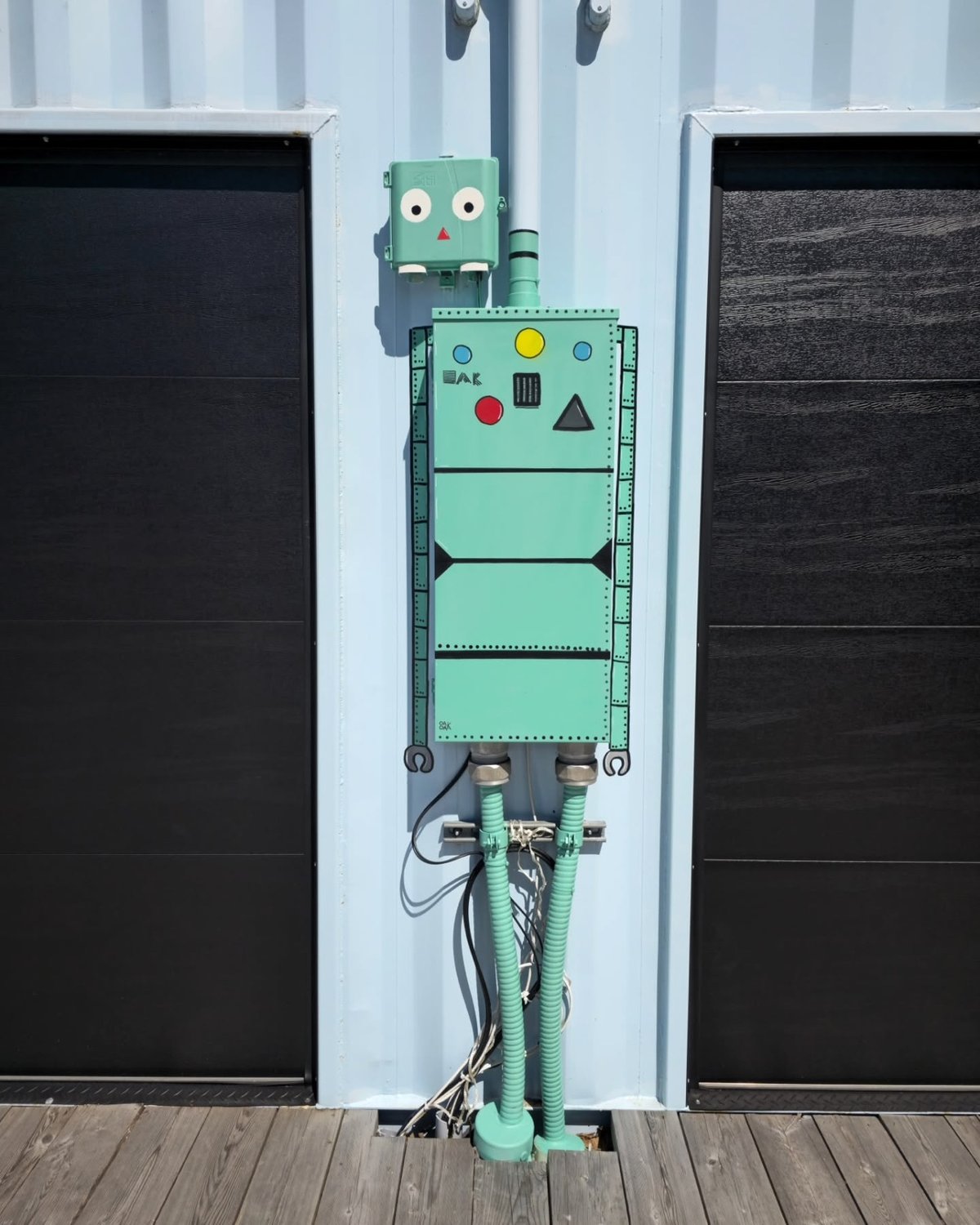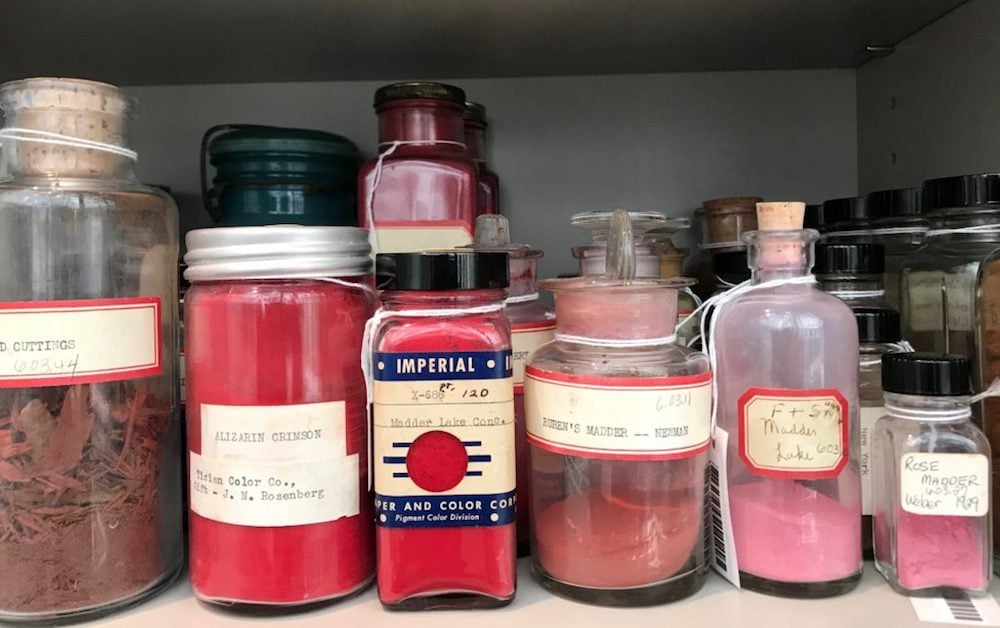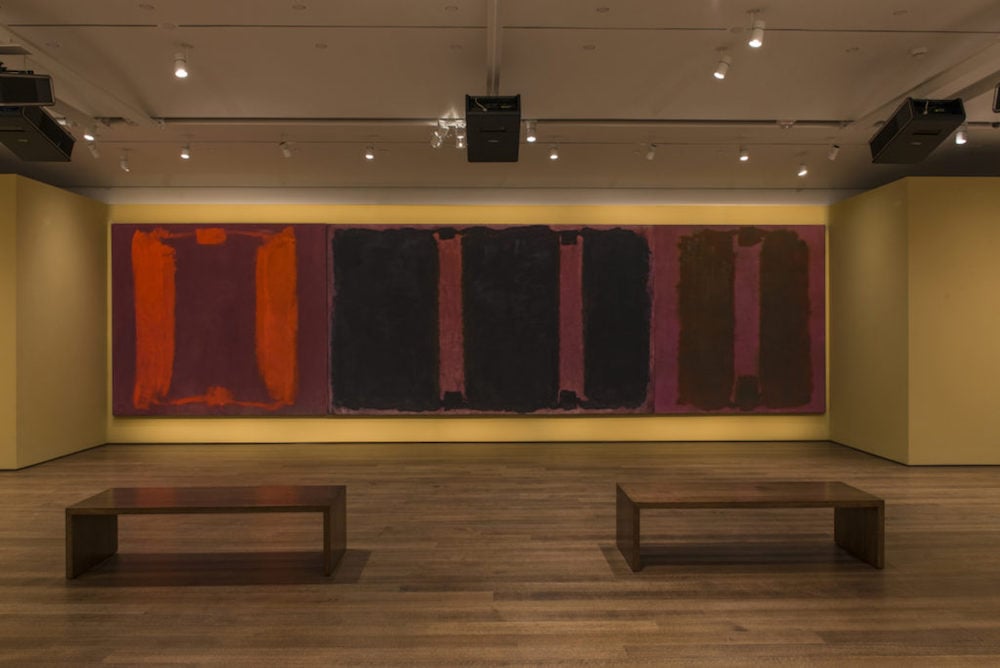
From French street artist OakOak, a reminder that art is everywhere and that art comes from everywhere. From their website and Instagram, here are a few more pieces that caught my eye:



And ha, I just noticed this one, a riff on Hokusai’s The Great Wave.
As the daughter of a trained art conservationist, I find this endlessly fascinating.

Edward Forbes, the former director of Harvard’s Fogg Art Museums, amassed a collection that is essentially a library of color.
With the help of these rainbow-bright samples, scientists are able to ward off color loss. They can restore faded pieces through identifying what chemical response caused the fading in the first place. They can also reconstruct stories of paintings and people through an examination of the minerals they used to create their colors and the binding materials they sourced from nature. The color library is a working laboratory, one that traces the history of color from ancient stones to twenty-first-century nanotubes.

The library helped with the restoration of Harvard’s faded Rothko mural, the subject of one of my favorite New Yorker essays. Here’s a list of the ten rarest pigments in the Forbes collection.
A 1958 Mark Rothko painting worth millions of dollars, Black On Maroon, was defaced by graffiti at the Tate Modern on Sunday. The vandalism was some sort of ‘artistic statement’ by a guy with a neck tattoo.
Questions will be asked about security at the gallery, where the Rothkos are not protected by glass and are separated from visitors only be a low-level barrier that can easily be stepped over.
Typically, each room is monitored by a single gallery attendant.
It was Rothko himself who stipulated how his work should be displayed at the Tate.
The defaced painting was one of a series commissioned from Rothko in 1958 for the Four Seasons restaurant in New York’s Seagram Building, but never installed.
In 1969, the artist donated nine of the paintings to the Tate on the proviso that they be displayed “as an immersive environment”. He died the following year.











Stay Connected